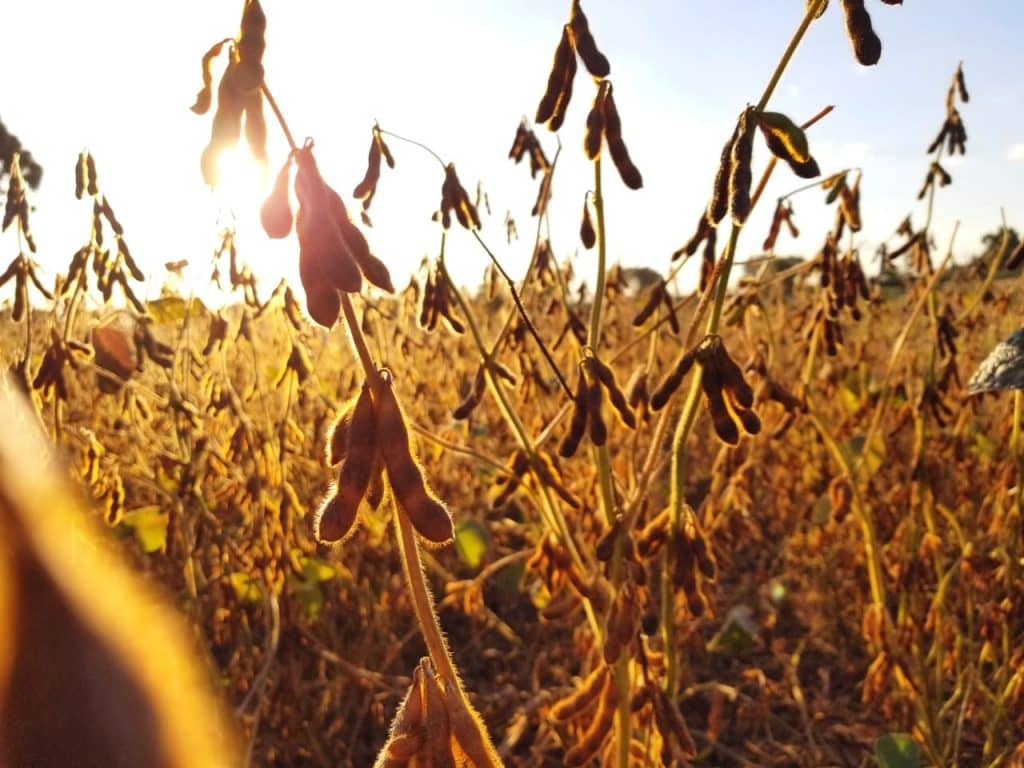The traditional crop tour by Pro Farmer, which took place between August 22 and 25, focused the attention of the soybean market last week. The long-awaited tour, which passes through major growing states in the US Midwest, analyzing soybean crops in loco, registered varying conditions for plant development, but ended up confirming the sentiment that USDA had brought in its August report: even though there are different conditions and some problems, the development of the new US crop is satisfactory and production must be a record.
At the end of the tour, Pro Farmer released its production estimate for the US soybean crop. According to the entity, the US soybean crop is expected to total 4.535 bln bushels in 2022, equivalent to 123.42 mln tons. Average yield was estimated at 51.7 bushels per acre, or 3,477 kilograms per hectare. If confirmed, it will be the largest production in US history, above the 120.71 mln tons reaped last season (2021/22).
Pro Farmer’s production estimate was above the estimate released by USDA in its August supply and demand report, which was 123.31 mln tons. Despite this, the average yield estimated by Pro Farmer was below that estimated by USDA (51.9 bushels per hectare). It is important to point out that to achieve higher production with lower productivity, the entity considers that the area planted with soybeans is 500,000 acres larger than that estimated by USDA. In any case, only the completion of the harvest will reveal the true size of the soybean area sown this season, in addition to US productivity and production.
The Pro Farmer tour confirmed there are moisture issues in some growing states, particularly in the western half of the growing belt. At the same time, the tour also confirmed that the top growing states in the country have an excellent average crop development. This is the case in the states of Illinois and Iowa. This high average yield expected for the two largest growing states in the country ends up offsetting the losses of other states, culminating in this record production. Although the weather must still be an important factor in the coming few weeks for the completion of the development and advance of the harvest, only a major unlikely climatic phenomenon would be able to change the current situation of the US crop. The entry of a record-breaking crop must weigh on the market from September onward.

